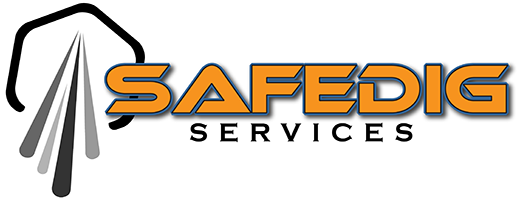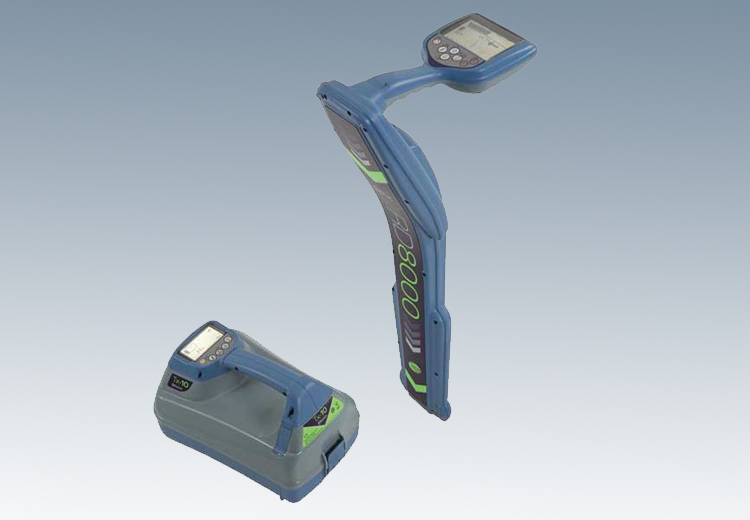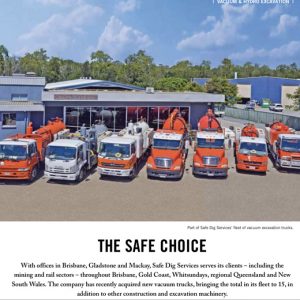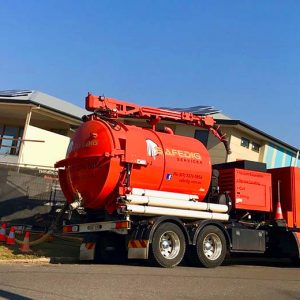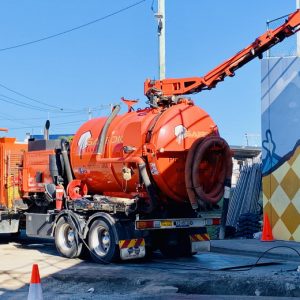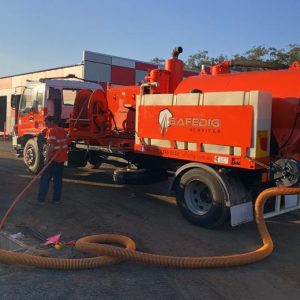Whether you’re a home builder, architect, surveyor, electrician, fence builder, landscaper or Tier 1 construction company building a new road, identifying and marking out underground utilities on your project site is essential to avoid damage and costly delays with public and private services.
No job is too big or small when it comes to service locating, as our guarantee can save you from enormous expenses.
That’s Where 2D Ground Penetrating Radar (2D GPR) Comes In.
The challenge today is that the various sorts of underground services are manufactured using vastly different materials, so high-tech 2D scanning is required for detection and location mapping.
For example, stormwater drains are vastly different to fibre optic cables which often pass over or run parallel to each other, so you need to be able to map both quickly and accurately, even though they are of different materials.
The other challenge is that most service maps, especially in older parts of Australia like Brisbane, Mackay and Gladstone, lack the pinpoint accuracy necessary to ensure precise measurements and clearings when digging or laying new services.
2D ground penetrating radar can detect live power cables and conduits, voids, water and sewer pipes, storm drains, gas and communication services. Ground penetrating radar (GPR) can even be used on concrete slabs to detect conduits or other objects in, or under the slab.
And with our earth fault locating addition, we can locate faults with remarkable accuracy, to within 500mm or less, increasing the safety of your operation.
What Are The Benefits Of 2D Ground Penetrating Radar?
1. Keeping your project on time and budget.
One of the biggest challenges with construction project management is unforeseen complications, like damage to utility pipes during excavation or drilling a concrete slab. That’s why GPR and vacuum excavation technology are so useful to avoid costly mistakes.
2. You get the right information to make decisions.
Underground utility mapping doesn’t just keep your project on schedule and budget; it also provides the information to make and adjust construction plans.
Safe Dig’s GPR data can be exported to CAD files and BIM models, so you can quickly and effectively modify your construction plans and make more calculated decisions.
3. Reduce project site safety risks.
Knowing where underground utilities are can significantly reduce the risks of employee injury on a project site. The number one concern for construction companies these days, and even homebuilders who have overheads like mortgages, is safety. Be sure you have the right information before you dig.
When Was Ground Penetrating Radar (GPR) Invented?
Remarkably, the first patent for continuous wave radar to locate buried objects was submitted by Leimbach and Löwy in 1910, six years after the first patent for radar itself which until then, was focused at the sky, hence the saying, “flying under the radar”.
In 1929, a glacier’s depth was measured using ground penetrating radar, showing how quickly and diverse 2D ground penetrating radar became for measuring below the earth.
Fast forward to the 1970s and military applications began driving further research. Commercial uses (particularly for construction) soon followed, and we here at Safe Dig have been interested and invested in locate technology for 30 years now, along with vacuum excavation.
Who Uses 2D Ground Penetrating Radar?
We work with everyone from home builders, tradesmen and irrigation system operators to large Australian construction, power and telecommunications companies with our 2D ground penetrating radar services and brilliant vacuum excavation technology.
Fascinatingly, Australian and international archaeologists also use ground penetrating radar, so while it may be unlikely, we could discover Aboriginal artefacts, buried antiques and treasures or make maps of what’s beneath the surface. The military still uses ground penetrating radar for detecting underground dangers and avoiding tunnels on a daily basis.
The majority of use for 2D ground penetrating radar in Australia is however, in the construction industry.
Contact the Safe Dig team if you need to locate underground services and utilities on your project site. Just call our friendly team on 07 3376 0856 or get in touch for a free quote.
